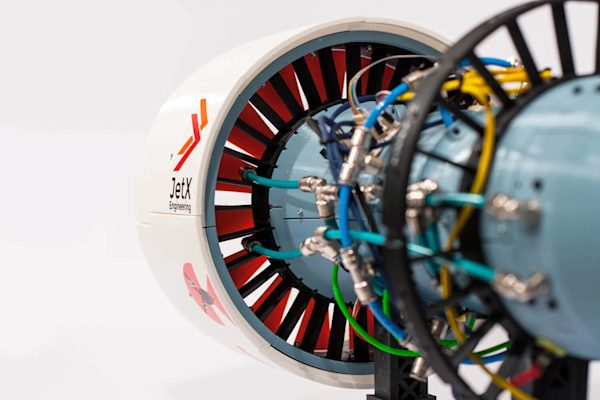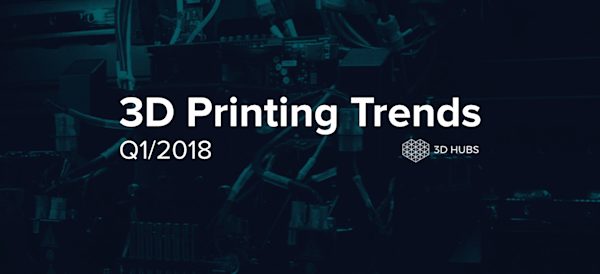One of the strengths of metal printing is the ability to consolidate parts. Because of the design freedom offered by 3D printing, factors such as tool paths, undercuts and assembly access can all be ignored, allowing full assemblies to be produced as in a single 3D printed part. By reducing part count, both maintenance and service requirements can also be reduced.
Optisys LLC are a provider of micro-antenna products for high performance aerospace and defense applications. A recent project involved a complete redesign of a high-bandwidth, directional tracking antenna array, known as a Ka-band 4 × 4 Monopulse Array. Optisys performed every aspect of the design work in-house and printed the component in a single piece on an SLM machine by Concept Laser.
Manufacturing antenna systems made via conventional methods, such as brazing and plunge Electrical Discharge Machining (EDM) require a complex, multistage process that can take an average of eight months of development time and three to six more of build time.
“Companies in the commercial and military space are pressured for shorter lead-times, lighter weight and smaller antennas,” says Clinton Cathey, Optisys CEO. “By combining RF design simulation, mechanical engineering, and system optimization focused on AM, we provide metal 3D-printed antenna products at greatly reduced size, weight, lead-times, part count and cost—with as-good or better RF performance than conventionally manufactured systems. We’re creating structures that were simply not possible to produce in the past.”
 The original large, multi-part antenna assembly
The original large, multi-part antenna assembly
With 3D printing, a variety of metals can be used, though for antenna products aluminum is preferred, because of its surface conductivity, low weight, corrosion resistance, and strength under shock and vibration. Research by Optisys found that the 3D printed metal parts had the same mechanical properties as a solid piece of wrought material. Optisys also found that printed parts had the same coefficient of thermal expansion (CTE) as wrought metals giving better stability over temperature gradients when compared to plastic RF components.
COO Robert Smith, M.E. explained “3D-printed metal will have virtually the same properties as a solid piece of the same material for RF performance,”. “Structurally the products have been tested in rigorous vibration environments and they also have the same coefficient of thermal expansion (CTE) as wrought metals.”
Part consolidation through AM provides a number of downstream benefits as well, Smith goes onto say. “Reducing part count also reduces assembly and rework. It’s easy to add features to an existing AM design, easier to assemble the finished components and, long-term, you have less testing, maintenance and service when you have fewer parts.”
 The final satellite antenna, produced using DMLS, can fit in the palm of a hand. Image courtesy of Optisys LLC
The final satellite antenna, produced using DMLS, can fit in the palm of a hand. Image courtesy of Optisys LLC
Optisys conducted a profitability analysis on how their redesigned microwave antennae test piece compared to a legacy design that is traditionally manufactured. The results of the study are presented in Table 24.1.
Table 24.1 – A summary of the improved performance of the satellite antenna

Learn more about metal 3D printing via our Metal Kit guide here.








